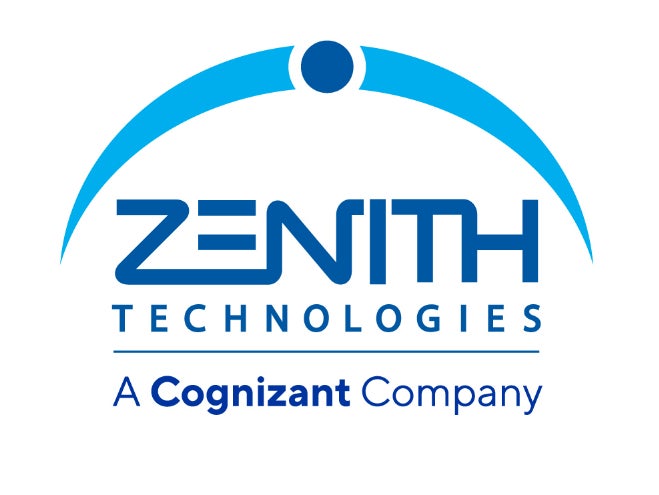Keith Bowen is writing about the differences between MES and ERP using his experience of implementing ERP and MES in a highly regulated industry such as life sciences.
I have worked on solutions including electronic batch records and other manufacturing execution system (MES) functions for Life Sciences for more than 15 years.
Firstly, I want to clarify how most clients are using ERP and MES.
ERP is being used to create and manage the basic plant schedule including production, material use, delivery and shipping, making information the centre of the operation.
ERP modules are usually a mix of manufacturing, supply chain, order processing, inventory management, human resources and customer relationship management. It focuses on working within time frames of months, weeks and days.
MES is used to drive the manufacturing operation, by managing and reporting on plant activities as events occur, in real-time. It maintains records and highlights exceptions.
Typical functions are electronic batch records, weigh and dispense, equipment management, set up and cleaning. MES works within timeframes of days, shifts, hours and minutes.
What stops ERP matching an MES?
ERP and MES overlap in some areas, which can cause confusion. Examples of this are ERPs with custom built weigh and dispense workflow or electronic batch / device history record workflows.
However, there are gaps when ERP cannot truly replace an MES function like electronic batch / device history records, weigh and dispense or equipment management with business rules.
A customer was advised by an ERP vendor to use workflow to execute weigh and dispense functionality. Afterwards, the customer discovered the workflow was custom built and can only be used in one specific dispensary in one specific plant.
The customer also realised the software interface for communicating with the scales was also custom coded, so replacing the scales if it required repairs effectively stopped production.
Another customer was advised by an ERP vendor to use bill of materials and bill of resources to create an ‘electronic device history record’ where a list of operations and special instructions were printed out from the ERP system to follow each job. Operators would then sign off on the print out.
However, this does not do what an MES should do, as MES is not concerned about going paperless. It is about improving efficiency and throughput by:
- Showing in real-time what is next to do and what has been completed
- Automatically creating notifications and logs for issues
- Enabling quality to work in parallel with manufacturing, reviewing events and what went wrong in real-time to prevent delays later at product release
Another consideration is what could happen in the future when, for example, the business acquires other sites and wants to align ERP systems.
If ERPs were extended to control production operations, with inevitable custom coding in each ERP system, then changing ERP means recreating and re-validating production operations functions. This is because ERP workflows are not validated ERP library objects.
Other aspects to consider when comparing the two are time benefits and total cost of ownership. Typical project durations are greater than 12 months and costs are typically three times more than MES solutions.
The main areas where I have seen ERP not meet customer’s expectations when it was used to drive manufacturing operations include:
- Cost of configuration: Many ERP systems make electronic batch records as a custom solution. This drives up costs when configuration and interfacing are included and hiring specialists are needed for changes
- Data and collaboration may not be in real-time. Exceptions are not automatically generated by ERP systems because they may be missed or reported too late to avoid delays or write offs in manufacturing
- IT have to find a way to capture data from manufacturing equipment. ERP is not designed to communicate to equipment, devices and enterprise systems, requiring outages that can leave data gaps in a real-time data environment
- ERP is not designed to run 24/7 like an MES and outages for patch updates are frequent and often just rolled out from central IT
How can you get the best of both?
Many Life Science manufacturers are implementing a two layered approach to managing manufacturing operations.
This includes an ERP top layer for orders, bills of materials, inventory control and then an interface to an MES layer which focuses on operations on the floor such as electronic batch records, weigh and dispense or equipment management.
A key aspect is the integration between ERP and MES, which is straight forward using thin interfaces. This helps to get the most from each system, as well as benefits of MES.
MES Electronic batch records:
- Reductions in paperwork lead to 40%-80% extra time for data entry
- Automatic data collection and exception alerts
- Release times 50%-80% faster
- Real-time discussion of errors and exceptions
- Real-time view of all manufacturing processes
MES Weigh and Dispense:
- 100% verification of raw material
- Automatically generates correct documentation for each batch
- Automatically highlights exceptions
MES Equipment Management:
- Eliminate paper log books
- Real-time usage information for all equipment, rooms, containers etc
- Instant filterable search for regulatory audit evidence
There is the temptation to get ERP to perform everything, although in reality the gains in manufacturing operations are quicker to achieve with MES electronic batch / device history records and other functions, due to exception highlighting and 24/7 view of manufacturing and equipment.

